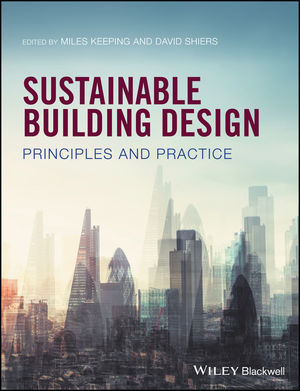Correction appended March 13, 2009
When the materials library Material Connexion officially opened its new Manhattan headquarters in January, the 12,000-square-foot space doubled the display capacity of its old office. Visitors to the new space will find more eco-friendly offerings: The company adds 600 new materials to its library each year, and in 2008, about 250 of those new materials had sustainable attributes—a 50 percent increase over 2007. “We are actively looking for these materials, because we know they’re important to our clients,” says library and materials research vice president Andrew Dent.

This is but one example of the outright growth in the marketplace for sustainable materials. While difficult to quantify, anecdotally it appears that the recession has not stopped professionals working in design and construction from specifying green materials, which as a group are still perceived to cost more than their conventional counterparts.
Like many companies, Ecolect, an online clearinghouse for sustainable materials, is responding to a heightened demand for sustainable options, says CEO and cofounder Matt Grigsby. Since July, it has staged its “Petting Zoo,” a traveling exhibition of ecologically responsible materials, at venues across the country. Moreover, in October it launched Greenbox, which Grigsby says is “the first eco-material subscription service in the world.” Recalling longer-standing efforts at dropping swatches of new materials on the doorsteps of architects and designers, such as Inventables or Princeton Architectural Press’ Materials Monthly, Greenbox delivers 12 samples to subscribers every quarter. Grigsby estimates that the second installment of Greenbox, shipped in January, went to approximately 200 participants.
Manufacturers of these materials have registered the green phenomenon in the form of sales increases. “About 1998 is when we took off and from then we’ve doubled our revenues [nearly] every year,” says Ann Knight, executive vice president of Teragren, a maker of bamboo surfaces founded in 1994. Revenue growth has tapered off in recent years because more competitors have entered the marketplace, she notes. Even so, Teragren enjoyed 25 percent growth in the first three quarters of 2008. The company, which is based in Bainbridge Island, Washington, recently opened a new factory for its proprietary bamboo-strand products, and Knight says the company projects another 25 percent revenue increase in 2009.
The news is equally heartening at TerraMai, the Mt. Shasta, Californiabased producer of reclaimed wood products, and whose World Mix flooring was installed at the new Material Connexion library. Matt Nichols, who heads marketing for TerraMai, says 2008 revenue was up approximately 40 percent over the previous year. And Melissa Vernon, sustainable director of the well-known green manufacturer Interface Flor, also claims ³significant growth² in sales.
Manufacturers have played to this continued strength, Grigsby says: “In the last six months, we’re seeing a lot more diversity of color and texture in recycled rubber, plastics, countertops, and other categories. Designers have wanted these options for a long time, and now they’re getting them.”
But sustainability’s seeming recession-proof nature could also amplify greenwashing—a pitfall that Dent notes significantly afflicts the industry already. “A lot of materials now have to promote LEED qualities in order to be sourced by an architect; it’s a snowballing effect,” he says. Dent points to recycled content, a characteristic most often found in green-materials marketing, as an example in which manufacturers could make false claims. “If a surface is recycled from something that contains toxic additives,” he says, “you then have a surface that contains toxic additives. Yet that’s basically getting LEED points for recycling.”
Eileen Ragsdale, the New York–based materials librarian of TPG Architecture, acknowledges the ubiquity of recycled-content claims. “It’s more economical at this point to feed recycled material into the production process,” she says, “than to convert to a closed-loop system.” Ragsdale notes, too, her responsibility to navigate the burgeoning sustainable-materials market warily. “I have called greenwashers out,” she says, “or if it’s clear that a representative is just reciting claims, then I need to do more legwork. It comes down to substantiating these assertions.”
Correction: The story originally stated that at Material Connexion's New York headquarters, 2,000 materials are on display and more than 250 of them have sustainable qualities -- approximately twice as many green building blocks than were archived there a year ago. This is inaccurate.



